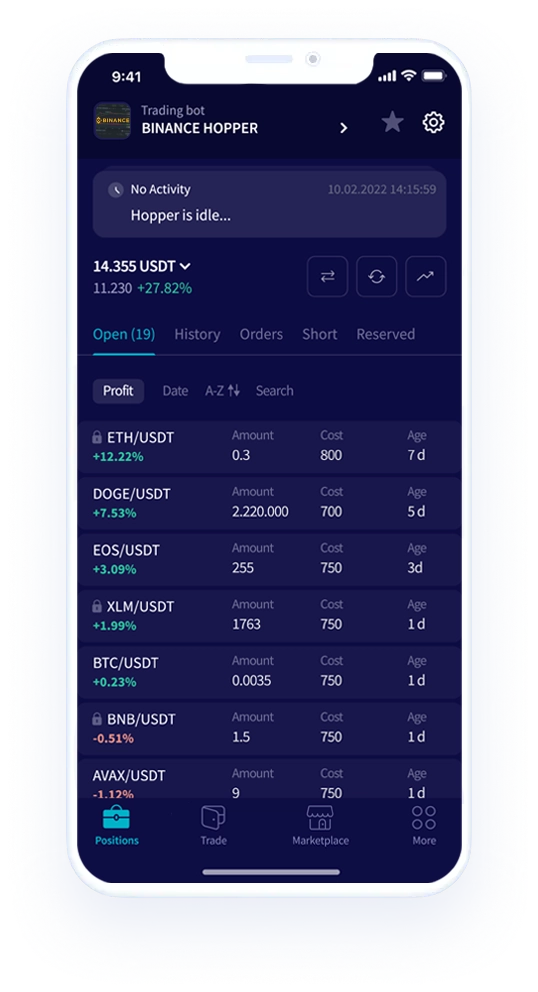What Is Open Interest, and How Can You Use It Efficiently?
Open interest is a critical metric in futures and options markets that tracks the number of active contracts awaiting settlement. This indicator provides insights into market participation and liquidity without directly predicting price movements.
TLDR
Open interest (OI) represents the total count of futures and options contracts currently active and awaiting closure or settlement.
This metric reveals the number of traders maintaining live positions in the market.
Rising open interest typically signals fresh capital entering the market, while declining OI indicates capital withdrawal.
Open interest provides insight into trading pair activity and market engagement levels, though it doesn't predict price direction.
Unlike trading volume which tallies all contracts exchanged during a period, open interest exclusively tracks contracts that remain active.
Getting Started
When you trade futures or options, you'll encounter the term open interest frequently. This metric reveals the quantity of contracts currently active and unsettled within the market. Understanding open interest helps you gauge the level of participation in specific contracts and assess their liquidity—essentially how easily you can trade them.
This guide breaks down the meaning of open interest, its mechanics, significance, and distinctions from similar metrics like trading volume.
Breaking Down Open Interest
Open interest measures the aggregate count of futures or options contracts remaining active—those not yet closed through offsetting trades, exercise, or expiration. It quantifies the market's ongoing positions.
Here's a straightforward example: When you purchase a futures contract while someone else sells that identical contract, open interest increases since you've created a new active position. However, if a trader sells a contract and another purchases it to close their existing position, open interest remains unchanged.
Consider this scenario: Starting with zero open contracts, a trader purchases 10 new contracts, raising open interest to 10. Subsequently, if 5 contracts close while 10 new ones open, open interest increases by 5, reaching 15 total.
The Mechanics of Open Interest Fluctuation
Open interest fluctuates daily according to trader activity regarding position opening and closing:
Open interest increases when newly created contracts exceed those being closed. This typically indicates fresh market participants entering or existing traders expanding their positions.
Open interest decreases when closed or settled contracts outnumber newly opened ones. This suggests market participants exiting or reducing their exposure.
Open interest remains stable when contracts simply transfer between traders without creating new positions or closing existing ones.
Monitoring open interest changes helps you understand capital flows and market sentiment patterns.
Distinguishing Open Interest from Trading Volume
While frequently confused, open interest and trading volume represent distinct measurements:
Trading volume tallies every contract traded within a specific timeframe, regardless of whether they're opening or closing positions. It measures market activity levels.
Open interest tracks contracts remaining active at any given moment. It indicates the quantity of live positions.
Here's an illustrative example: If one trader sells 10 contracts to another trader purchasing them, volume increases by 10, yet open interest stays constant since positions merely transferred ownership.
The Value of Monitoring Open Interest
Open interest serves as a valuable indicator for assessing market liquidity—your ability to execute trades without significantly impacting prices. Higher open interest generally correlates with increased participants and improved liquidity.
This metric also offers insights into market sentiment. When open interest climbs alongside rising prices, it might indicate the upward movement receives support from fresh capital inflows. Conversely, if open interest rises while prices decline, it could signal growing selling pressure.
Remember that open interest alone won't forecast price movements. You'll achieve better results combining it with additional analytical tools and signals to minimize trading risks.
Final Summary
Within futures and options markets, open interest stands as an essential metric displaying active contract counts. Tracking open interest helps you assess contract popularity and liquidity levels.
Though it won't directly predict price trajectories, open interest variations reveal whether fresh capital enters the market or investors withdraw. Integrating this data with complementary analytical tools enhances your trading decision-making process.

